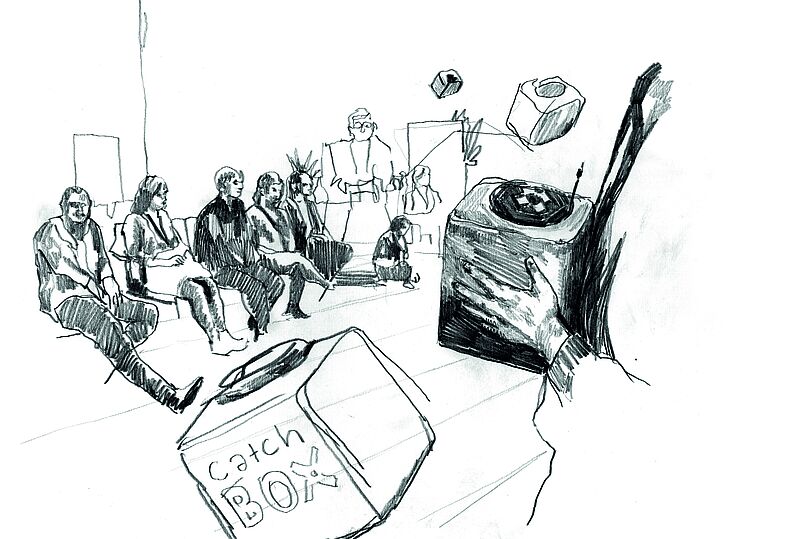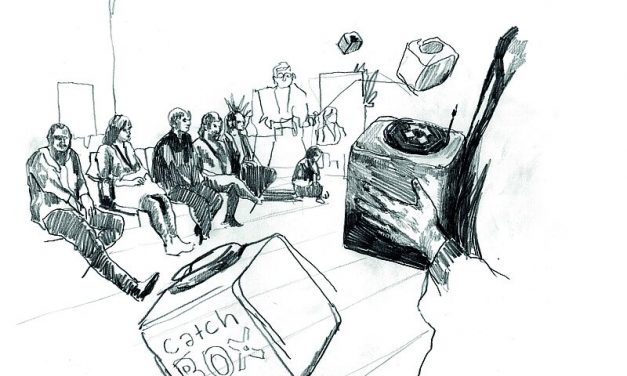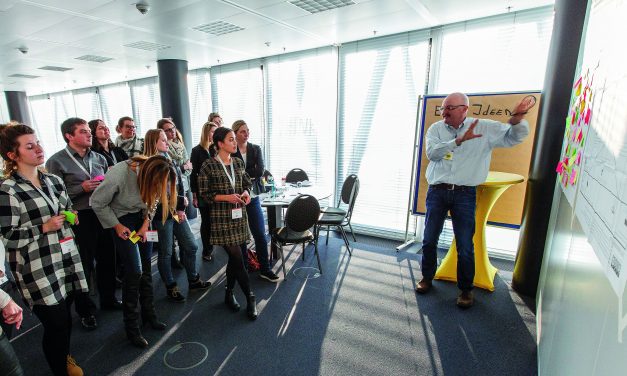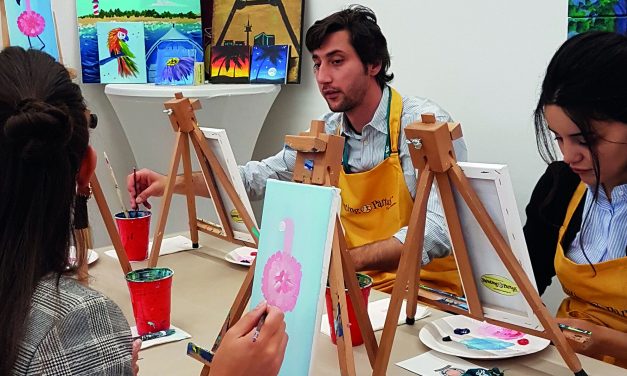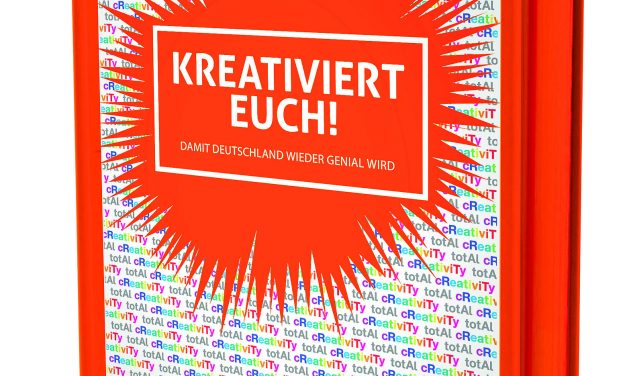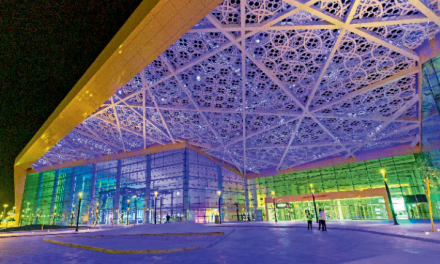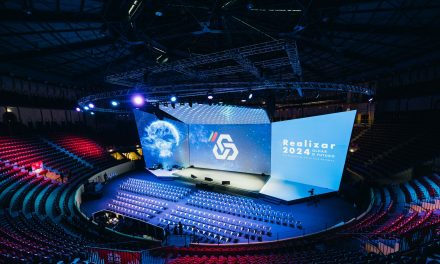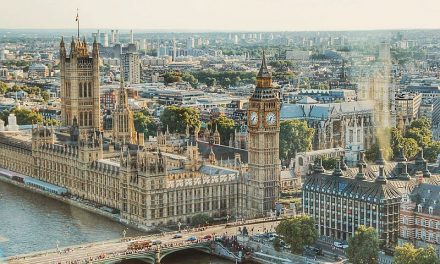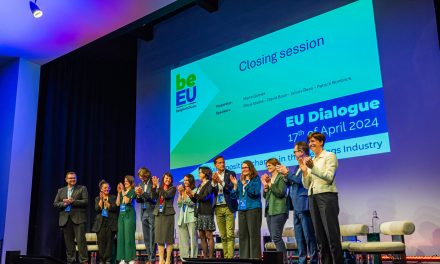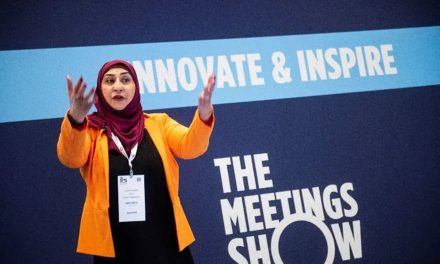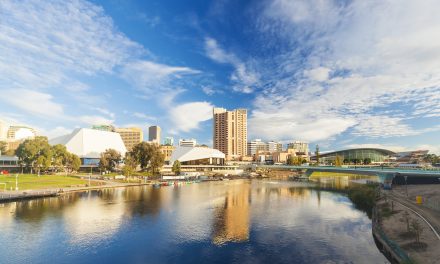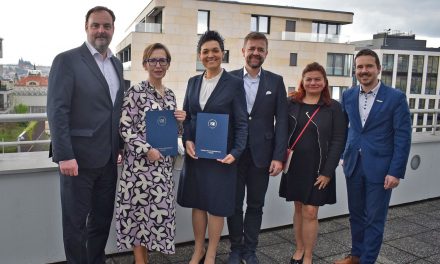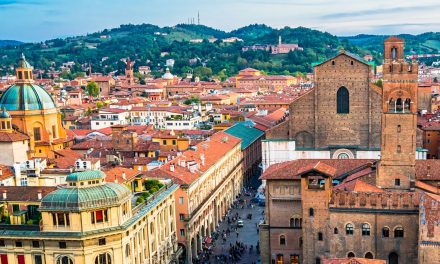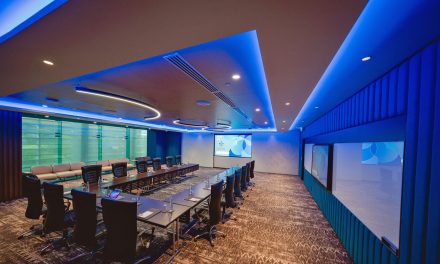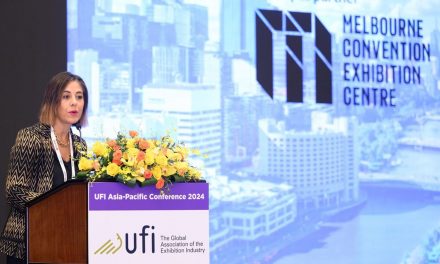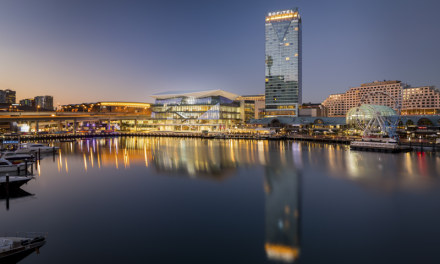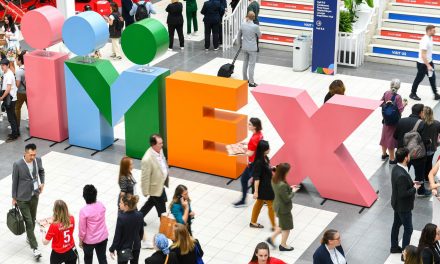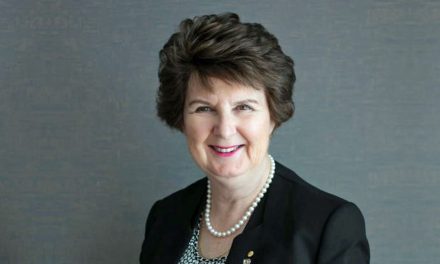Rethinking things. Creativity is highly valued today and delivers hope that solutions might be found that reconcile economic growth and sustainable principles. The “Deutschland: Land der Ideen” initiative was launched in 2005 with the aim of developing this valuable resource. But numbers of German patent registrations are falling, and the most innovative ideas come from overseas. Boston Consulting Group showed that in a ranking list published in March 2019. The most highly ranked Germany company was Adidas in 10th place.
Greater personal freedom and scope for initiative are prerequisites if companies want to successfully work creatively. The founders of the Hirschen Group, a creative agency, have written about this in their book “Kreativiert Euch”, which is an appeal for creativity. Imex 2019, the theme of which was imagination, offered an ideal platform for them to present it. In addition to factors such as curiosity, the desire to do research and creativity, it also discusses collaborative creativity in groups. This is where meetings and their planners and suppliers come into play.
“Creativity and imagination are uniquely human qualities, which cannot be automated – unlike so many other more logistical functions,” says Imex CEO Carina Bauer. “Meeting strategists are no longer focused simply on the logistics of an event. Instead, they look creatively and imaginatively at how events can meet the business goals of an organisation. Meeting professionals need to look at all aspects of an event’s design and how it will motivate and engage its participants. So creativity is not just about adding fun elements to an event. It’s about being able to look at the event holistically and design it to meet the needs that have been identified,” explains Bauer.
The Event Design Collective advocates more creativity at meetings. “Events that don’t change what people do are entertainment,” asserts Gerrit Jessen, the Director of the Event Design Collective in Germany. “Only if you analyse the expectations of the various stakeholders before the event and define what you want people to do after it, can you design an event that delivers measurable results,” explains Jessen. His Event Canvas methodology facilitates the creative resolution of complex problems. It helps you to understand the stakeholders of an event and their needs in a creative working process. Prototyping enables a large number of innovative solutions to be developed and shaped in a team.
Team spirit is also a key to understanding in the creative approach of micelab:bodensee, a grouping of 13 meetings partners in the Lake Constance area that has been advocating a living meetings culture since 2016. The group has just published “Eros und Resonanz”, an extract from its second research lab.
“In order to encourage creativity, you need a framework that provides security but also sufficient scope for freedom of action, a foundation of trust on which you can engage in a hierarchy-free exchange openly and expect good things of both yourself and others. That’s how we manage to leave our comfort zone,” reports Urs Treuthardt of micelab:bodensee. “We research, learn and work in this way because we have learned that it leads to successful, vibrant events that people enjoy, events that are a virtually inexhaustible source of creative ideas and that stimulate further development,” says Treuthardt.
Open communication in a spirit of trust, according to Bernhard Wolff of Think-Theatre, is the critical factor for successful creativity. Wolff conceived the “ideas breakfast” at the Axica conference centre in Berlin, where the unusual architecture and an arrangement in which the participants sit across from each other provides the ideal environment in which to try out unconventional, creative ideas. Unlike in IQ test-compatible convergent thinking, the event departs from linear thinking patterns and is open to mental leaps and the emotions. The next Axica “ideas breakfast”, on “innovation culture”, will be taking place on 29 August 2019.
The good news is that creativity is not down to individual talent; according to Edward de Bono, the Director of an institute for new thinking at the University of Malta, it can be learned. In his book “Six Thinking Hats”, he describes how putting on imaginary coloured hats enables you to see a problem in different ways and understand other viewpoints. Flexibility and emotionality, according to de Bono, are essential to new thinking, which goes beyond pure analysis to find innovative solutions.
The meetings industry gets people to think unconventionally or look beyond the horizon by implementing new formats and using digital tools designed to increase active participation among attendees. Digital offerings pick delegates up and enthuse them with a playful approach and quick solutions (see here).
The classical arts seem to be reclaiming their role as a source of inspiration for creativity. The ICC Sydney is promoting itself with the campaign “More than a venue” as a gallery for well-known contemporary Australian artists. In this way, the ICC Sydney offers delegates added value. m:con – mannheim:congress sees its collaboration with the new Kunsthalle Mannheim as a win-win situation for both sides. The Kunsthalle is located opposite the m:con Congress Center Rosengarten Mannheim.
Anyone seeking to get down to some practical creativity certainly got their money’s worth at Imex 2019. The Cologne-based studio Painting Parties, which has also been in Frankfurt since 2018, gave Imex visitors the opportunity to discover their artistic talent – and have fun – under the professional guidance of Jeanette Linkenbach and Kirsten Baldwin
- Der Event Canvas führt im kreativen Prozess zu messbaren Ergebnissen. Photo: Michael Pasternack
- Kreativität, ganz praktisch: Mitarbeiter malen lassen. Photo: CIM/K.Brauer
- „Kreativiert Euch!“: Der Appell trifft den Nerv der Zeit. Photo: Europa Verlag

